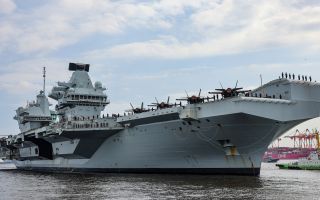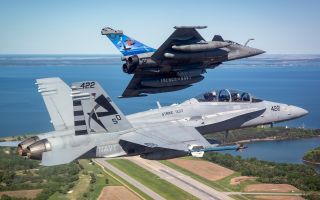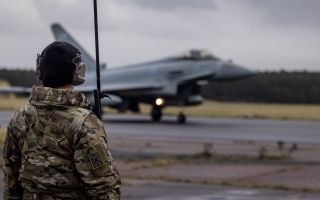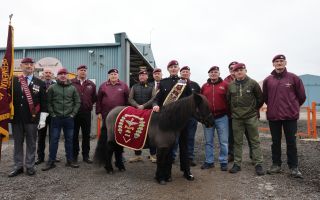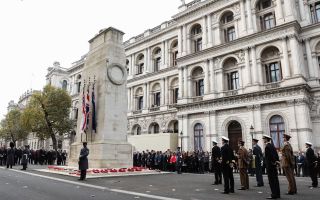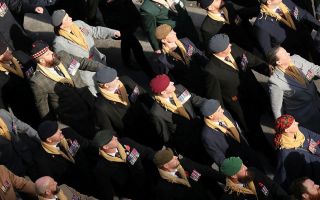Gazelle: The sports car of the air that could bite back
The Gazelle helicopter began its British military career on 6 July 1974, and after nearly 50 years of service that spanned all branches of the Armed Forces this trusted aircraft is set to retire at the end of the month.
But what kept it in the Army Air Corps' inventory for so long?
Fast, nimble and agile, it was the "sports car of the air", explained David Caldwell, who flew Gazelles in the Army Air Corps from 1976 to 2009.
- Goodbye Gazelle: Helicopter retiring from Army Air Corps after 49 years
- British Army Gazelles make farewell flypast before retirement
- Special forces' killings probe will be emotive and uncomfortable, military chief warns
The cockpit provided outstanding visibility, making it perfect for reconnaissance.
A jack of all trades, the Gazelle could carry passengers, but the seats could be taken out so it could be loaded with cargo instead.
Its relatively small size made it lightweight and agile, meaning that it could pick up the pace if needed, pushing to a maximum speed of 265 km/h.
On the other hand, its weight and agility meant it was sometimes unpredictable in the air.
"You had to be careful with it because it could bite back," Mr Caldwell explained.
"It was very twitchy, particularly in high winds. If you got the wind wrong, it could catch you out, throw you around all over the place."
The French-designed Gazelle belongs to a bygone era when air reconnaissance relied on paper maps, but as Mr Caldwell pointed out, now everything is electronic.
"It's quite sad to see it go. But like everything, things change in this world. We're getting on to some awesome helicopters now which can do all of these jobs and more," he said.
Having served the British military for 49 years across six continents, the Gazelle is ready to retire to the calmer pastures of Vector Aerospace International Ltd in Gosport, Hampshire.

